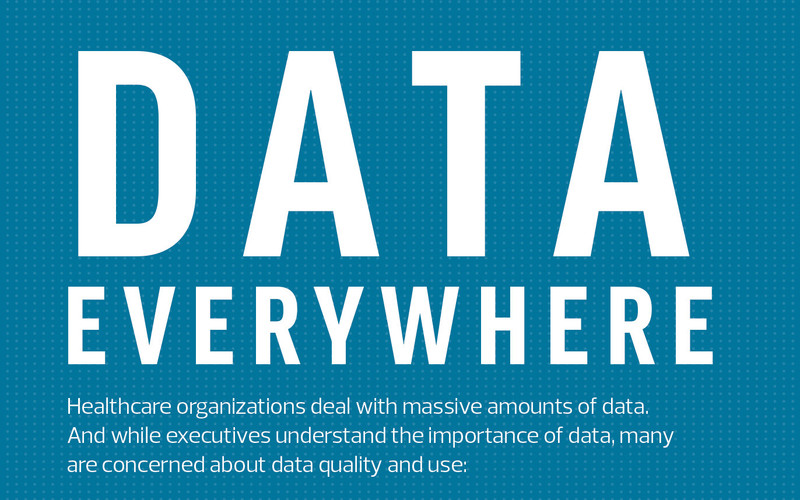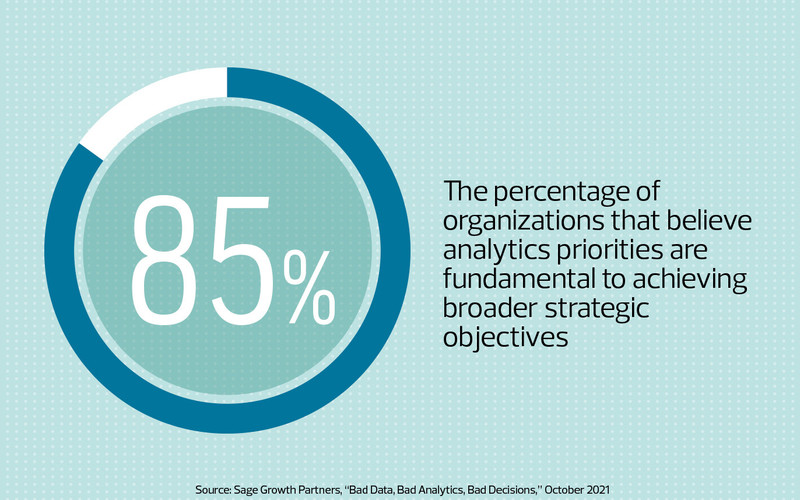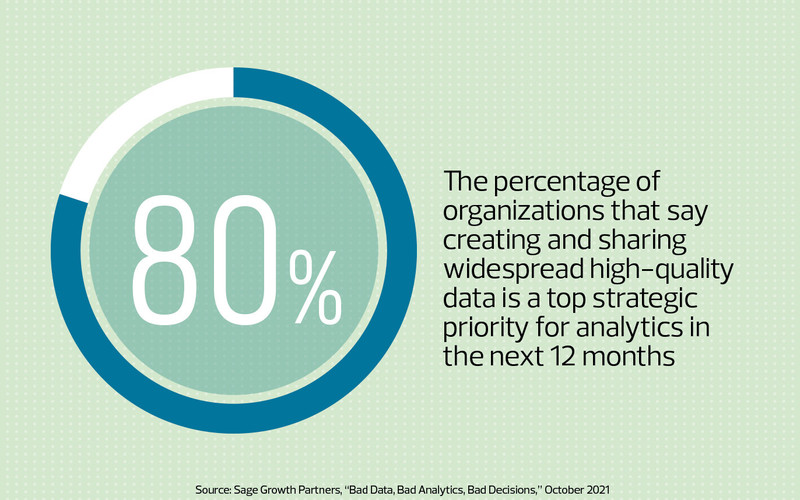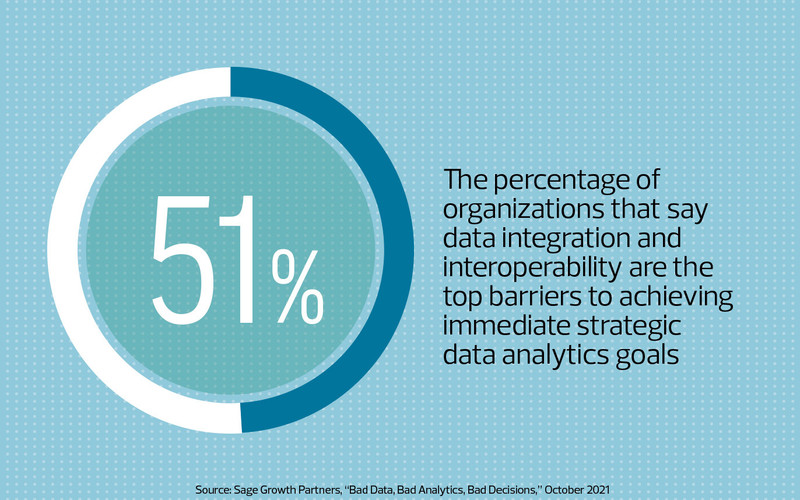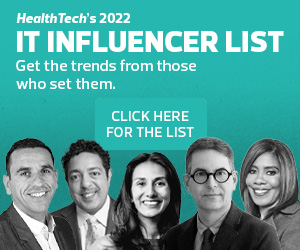A growing number of organizations, especially those serving distinct communities, are using data and modern analytics to drive operational and clinical decisions and, ultimately, improve patient care. The initial impetus for most was to achieve the value-based care goals set forth by the federal government, but for many, the pandemic validated and fueled data analytics initiatives, says Laura Craft, expert partner for data and analytics at Gartner.
“Organizations needed to report on what was going on. They wanted to know best practices, to understand which treatment to use based on all these comorbidities,” Craft says. “All of a sudden, there were predictive models and algorithms to help support this.”
Some healthcare organizations are early in terms of analytics maturity, while others are already innovating and using artificial intelligence and predictive modeling. “Their mindset is, ‘Let’s have a much more intelligent ecosystem where we can take larger sets of data and get better personas of our patients,’” Craft says.
Growing Demand for Operational Metrics by Healthcare Clinics
Before implementing Tableau, Romo says, clinics kept requesting operational metrics. He was collecting such data but not displaying it anywhere — and when he finally did, the tools weren’t user friendly. “People didn’t understand how to navigate it, or it would take too long for a report to run,” he says.
Romo decided to move to a self-serve analytics model. “The goal was to build an automated pipeline so users could get new data every day,” he says. “They wouldn’t have to wait on us to send them a report via email. They could go to it when they were ready.”
CMC chose Tableau because of its reputation, cost and user interface. The organization then began using the platform in mid-2018.
WATCH: Learn how Providence uses data analytics and the cloud to enhance patient care.
That experience proved to be invaluable during the pandemic. Suddenly, CMC had to gather and analyze new types of data in real time and report it within and outside the organization.
“That prep work gave us the ability to respond quickly to those demands. We were able to deploy and automate it so we could move on to other urgent projects instead of running daily reports,” says Romo, whose team has grown from one to eight since he started.
The pandemic made a big difference in the data culture at many organizations, says Craft. “While the pandemic continued to hit, people got more sophisticated about developing those kinds of models. That required a cultural transformation in the workforce, to say everybody needs to understand what the currency of data really means to them in their jobs.”









